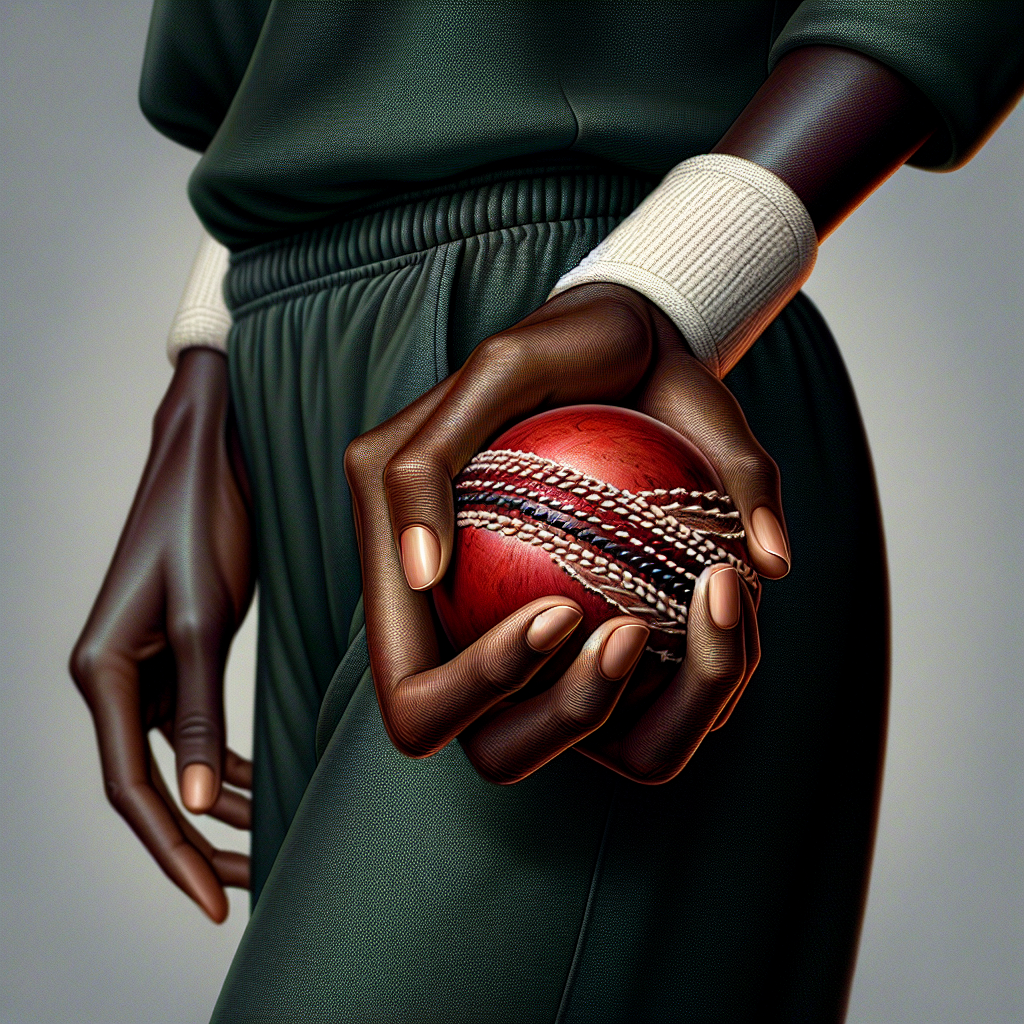The Art and Science of the Short Ball in Cricket

Cricket, a game of strategy and skill, has evolved over the years with various techniques and tactics that keep both players and spectators on the edge of their seats. Among these, the short ball stands out as a particularly intriguing and effective weapon in a bowler’s arsenal. This article delves into the intricacies of the short ball, exploring its history, execution, impact, and the controversies surrounding its use.
Understanding the Short Ball
The short ball, often referred to as a bouncer, is a delivery in cricket that pitches short of a good length and rises towards the batsman at head or chest height. This delivery is designed to intimidate the batsman, disrupt their rhythm, and create opportunities for dismissals. The short ball is a testament to the bowler’s skill and the batsman’s courage and technique.
The Mechanics of the Short Ball
Executing a successful short ball requires a combination of speed, accuracy, and deception. Bowlers aim to pitch the ball on a shorter length, causing it to rise sharply off the pitch. The key elements involved in delivering a short ball include:
- Speed: A fast delivery increases the difficulty for the batsman to react and adjust their shot.
- Line and Length: A precise line, often targeting the batsman’s body, and a shorter length are crucial for effectiveness.
- Seam Position: A well-positioned seam can aid in achieving extra bounce and movement off the pitch.
The Historical Context of the Short Ball
The short ball has a storied history in cricket, with its roots tracing back to the early 20th century. It gained prominence during the infamous “Bodyline” series between England and Australia in 1932-33. England’s strategy, led by captain Douglas Jardine and bowler Harold Larwood, involved a barrage of short-pitched deliveries aimed at the Australian batsmen’s bodies. This tactic, while effective, sparked controversy and led to changes in cricket laws to ensure player safety.
Evolution of the Short Ball
Over the decades, the short ball has evolved from a controversial tactic to a legitimate and strategic part of a bowler’s repertoire. Modern-day fast bowlers like Mitchell Johnson, Jofra Archer, and Jasprit Bumrah have mastered the art of the short ball, using it to unsettle batsmen and create wicket-taking opportunities.
The Impact of the Short Ball on the Game
The short ball has a significant impact on the dynamics of a cricket match. It serves multiple purposes, from psychological warfare to tactical advantage. Here are some key impacts of the short ball:
- Psychological Pressure: The short ball can intimidate batsmen, forcing them into defensive or rash shots.
- Creating Opportunities: It can lead to mistimed shots, resulting in catches or top edges.
- Disrupting Rhythm: A well-timed short ball can break a batsman’s concentration and disrupt their scoring flow.
Case Studies: Memorable Short Ball Performances
Several memorable performances in cricket history have been defined by the effective use of the short ball. For instance, Mitchell Johnson’s devastating spell during the 2013-14 Ashes series is a prime example. His aggressive use of the short ball left the English batsmen rattled, leading to a series victory for Australia.
Controversies and Safety Concerns
Despite its effectiveness, the short ball has been a subject of controversy due to safety concerns. The potential for injury is high, as evidenced by incidents like the tragic death of Australian cricketer Phillip Hughes in 2014, who was struck by a bouncer. This has led to ongoing debates about the balance between competitive play and player safety.
Regulations and Safety Measures
Cricket authorities have implemented regulations to mitigate the risks associated with the short ball. These include:
- Limiting Bouncers: In Test cricket, bowlers are restricted to two bouncers per over.
- Protective Gear: Batsmen are equipped with helmets, chest guards, and arm guards to protect against injury.
- Umpire Discretion: Umpires have the authority to intervene if they believe a bowler is using the short ball excessively or dangerously.
Strategies for Facing the Short Ball
Batsmen employ various strategies to counter the threat of the short ball. These include:
- Duck and Sway: Avoiding the ball by ducking or swaying out of its path.
- Pull and Hook Shots: Aggressive shots that can turn a defensive situation into a scoring opportunity.
- Footwork and Balance: Maintaining good footwork and balance to adjust quickly to the ball’s trajectory.
Notable Batsmen Against the Short Ball
Some batsmen have excelled against the short ball, turning it into a scoring opportunity. Players like Sir Vivian Richards, Ricky Ponting, and Virat Kohli have demonstrated exceptional skill in handling short-pitched deliveries, often using them to dominate bowlers.
Conclusion: The Enduring Legacy of the Short Ball
The short ball remains an integral part of cricket, embodying the sport’s blend of skill, strategy, and psychological warfare. While it poses challenges and risks, it also adds excitement and drama to the game. As cricket continues to evolve, the short ball will undoubtedly remain a crucial element, shaping the narratives of matches and the careers of players.
In summary, the short ball is more than just a delivery; it is a testament to the dynamic nature of cricket. Its history, impact, and controversies highlight the delicate balance between competition and safety. As players and authorities continue to adapt, the short ball will remain a fascinating aspect of cricket, captivating audiences and challenging players for generations to come.


